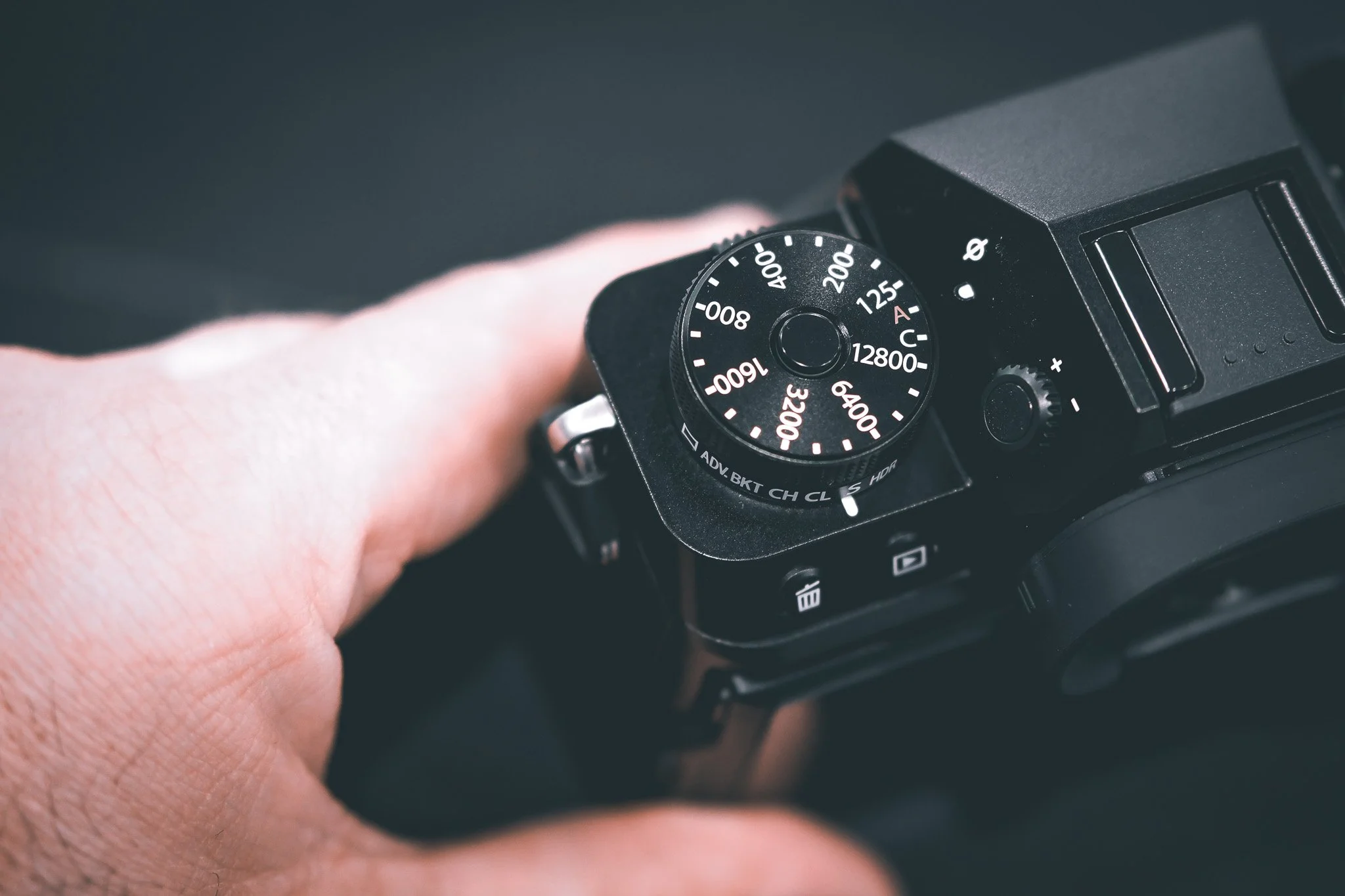Mastering ISO: Understanding ISO for Perfect Shots
Capturing and preserving moments forever is made possible through the incredible art form of photography. To truly excel in this craft, it's crucial to comprehend the technicalities involved. Understanding ISO, a vital aspect of photography, is essential. This article delves into what ISO is, its importance, and how it can aid in capturing breathtaking photographs.
What is ISO? ISO, which stands for International Organization for Standardization, is a term used in photography to measure the sensitivity of your camera's image sensor to light. In simpler terms, ISO determines how much light your camera needs to capture a properly exposed photograph.
Understanding ISO Levels is crucial for photography. ISO is represented by numerical values such as 100, 200, 400, 800, and so on, which indicate the sensitivity of the camera sensor. The ISO number is inversely proportional to the sensor's sensitivity to light, meaning that a lower ISO number indicates less sensitivity, while a higher ISO number indicates greater sensitivity. Fun fact for those who use film, the number on the box of film often referred to as the film speed is the film's ISO value.
Key Points on ISO Use and Value:
Light Conditions: ISO plays a crucial role in different lighting situations. In bright daylight or well-lit environments, lower ISO values, such as 100 or 200, are ideal as they produce less noise and capture sharper images. On the other hand, in low-light situations, higher ISO values, such as 800, 1600, or even higher, are used to compensate for the lack of light. However, higher ISO values can introduce noise or grain in the photograph.
Shutter Speed and Aperture: ISO is closely related to two other essential elements in photography: shutter speed and aperture. Together all three are known as the exposure triangle. Shutter speed determines how long the camera's shutter stays open, allowing light to reach the sensor. The aperture controls the size of the lens opening, regulating the amount of light that enters the camera. ISO complements these settings by adjusting the sensor's sensitivity to light. When shooting in low light conditions, increasing the ISO enables faster shutter speeds and smaller apertures, helping you capture sharp images without blur.
Balancing Image Quality and Noise: While high ISO values allow you to shoot in low light, it's important to find a balance between image quality and noise. Higher ISO settings introduce digital noise or grain, which can reduce the overall quality of the photograph. Therefore, understanding the limitations of your camera's ISO capabilities and experimenting with different settings will help you strike the right balance.
Creative Control: ISO also gives you creative control over the aesthetics of your photographs. By intentionally using higher ISO values, you can add a grainy or vintage look to your images, which can enhance the mood or atmosphere of your subject. This artistic choice allows you to experiment and explore different styles and expressions in your photography.
Mastering the ISO setting in photography is crucial for achieving the perfect shot. As a photographer, understanding how ISO works in relation to aperture and shutter speed can give you the power to capture stunning images in any lighting condition. With a thorough grasp of ISO, you can take control of your photography and unleash your creative potential. So go get your camera to explore, and experiment with ISO settings to capture the world's beauty through your lens like a pro.
Want to learn more visit here.

